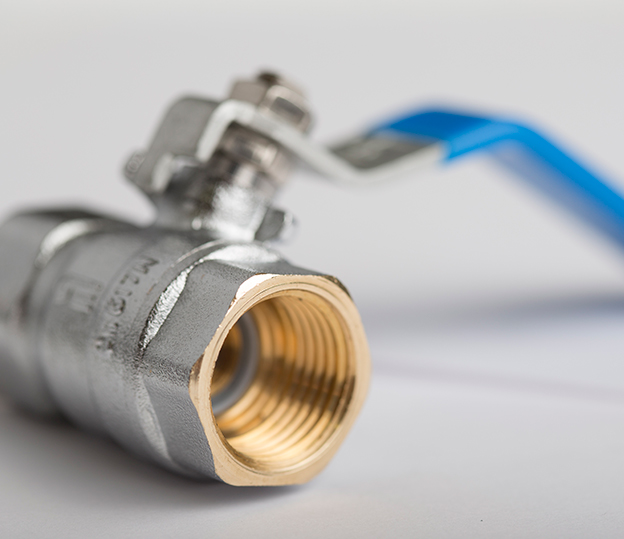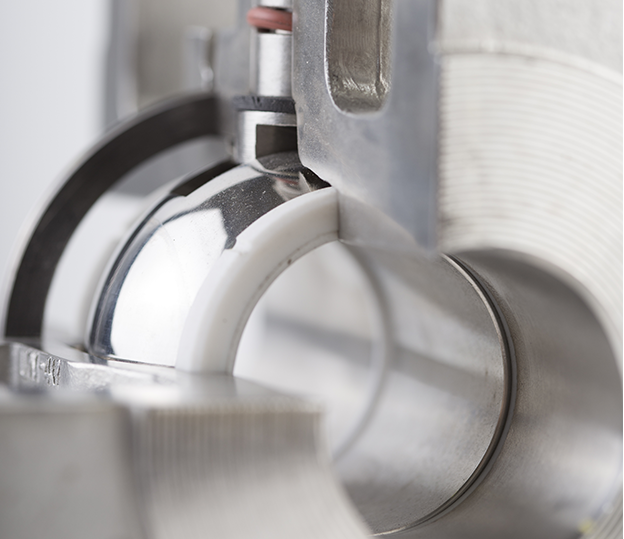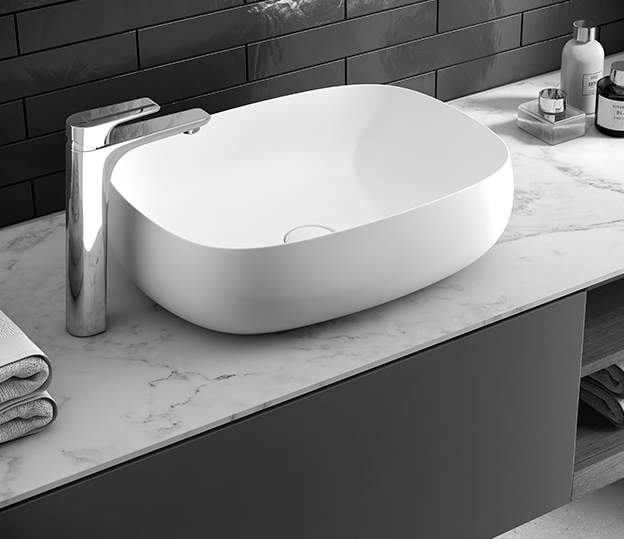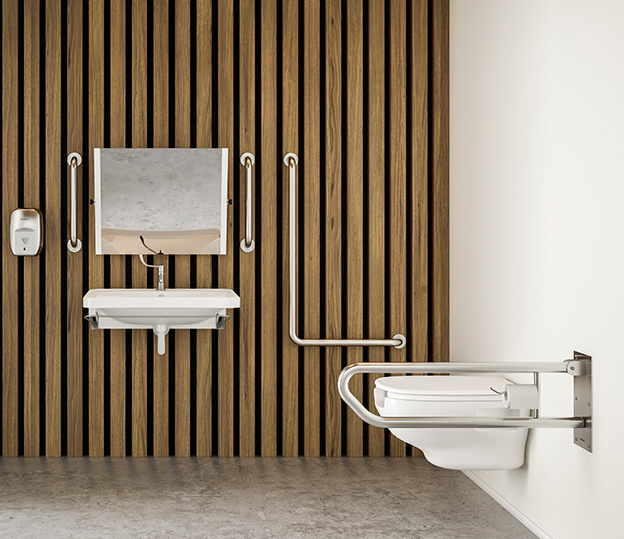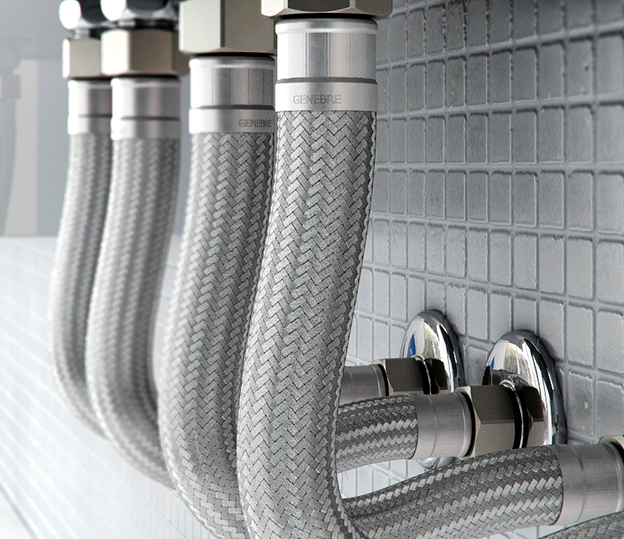-
BAR – PSI - KG/CM2
Pressure is defined as the force per unit area applied by a liquid or gas perpendicular to that surface. Pressure is usually measured in atmospheres (atm); in the International System of Units (SI), press is expressed in newtons per square metre; a newton per square metre is a pascal (Pa). The atmosphere is defined as 101,325 Pa and is equivalent to 760 mm of mercury in a conventional barometer.
In taps, pressures are generally expressed in kilogrammes per square centimetre (kg/cm2) or in bars.
Pressure in English units is 1 lb/in2, which is equal to (1Psi)
Pressure is sometimes expressed in metres of water column (m.w.c.), which is simply the height of the water generating this pressure.
A height of 10 metres of water is equivalent to a pressure of 1 kg/cm2 (or 1 bar) at ground level.
Inversely, at a pressure of 1 kg/cm2 (or 1 bar) at ground level, water cannot rise over 10 metres. Pressure at this height would be zero.
Pressure is the driving force generated by the circulation of water.
1 kg/cm2 = 1 bar = 10 m.w.c.
Bar is nowadays the unit of measurement most commonly used.
Static pressure is the name given to that measured with no circulating water
Dynamic pressure is the name given to that measured with circulating water -
Buna NBR seals
Elastomer compatible with petroleum oils, air, water, mild acids, acetylene, kerosene, lime solutions, liquid petroleum gases.
They are not recommended for highly aromatic gasolines or for acids.
NBR is frequently called nitrile rubber and is the standard elastomer generally used for all flexible discs on joints.
Their compatibility with most applications: air, water or domestic fuel, is excellent. Their temperatures of use are -20°C to +90°C.
Technical Assistance
Monday to Thursday from 8:30 a.m. to 1:30 p.m. and from 3:00 p.m. to 6:00 p.m. Friday from 8:00 a.m. to 4:00 p.m.
Results:0
loading ...

